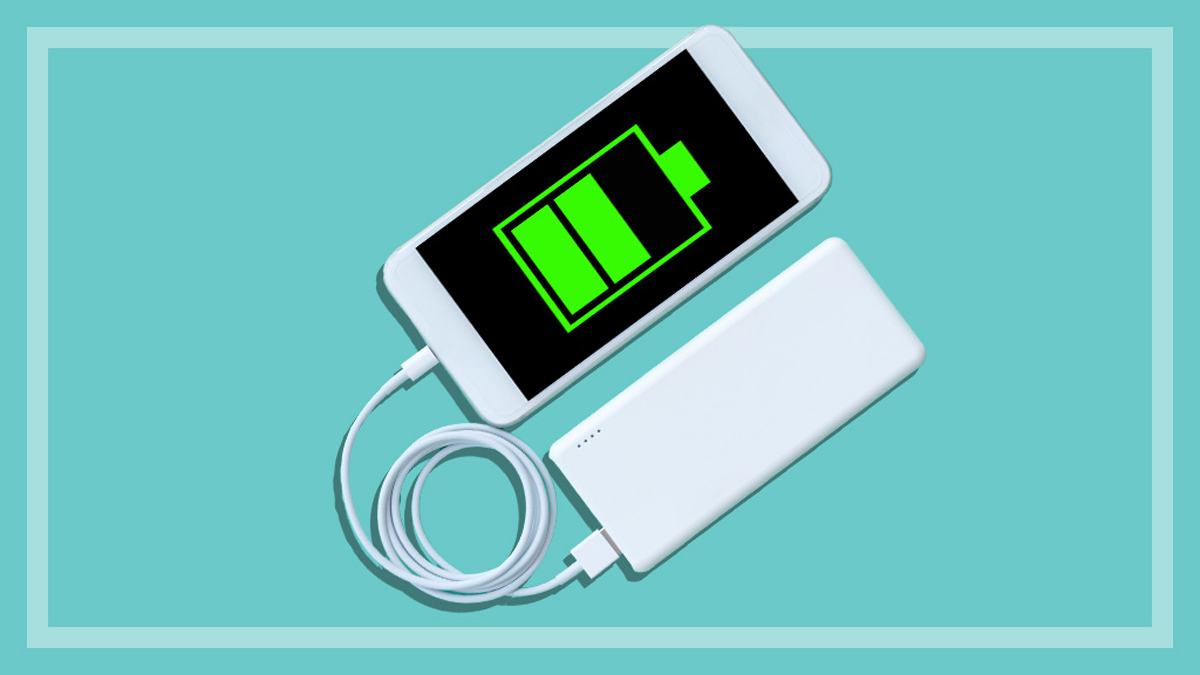Get our independent lab tests, expert reviews and honest advice.
The power banks that don’t live up to their claimed capacities
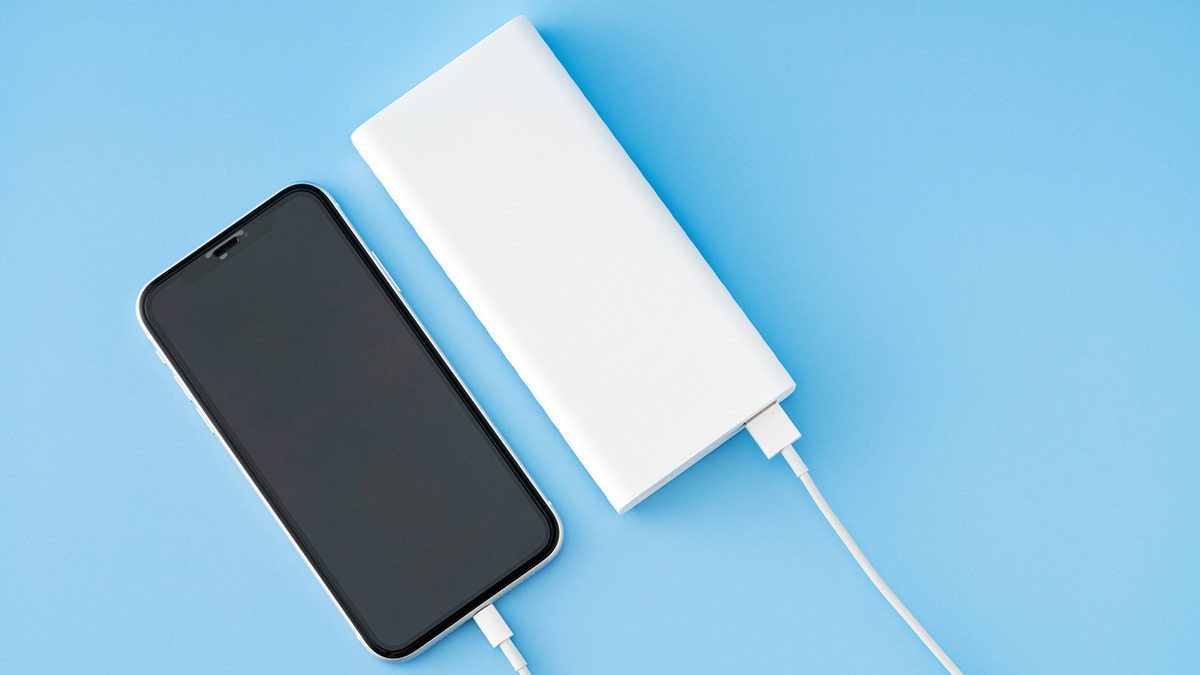
Does the sight of your phone battery running low send shivers down your spine? Whether it’s because you’re making calls and sending emails all day, or you just can’t tear yourself away from TikTok, we’ve all had days where our phone batteries just haven’t been able to keep up.
That’s where power banks can save your skin. They’re basically a back-up battery for your phone – a portable power point, if you will. When your phone’s running out of juice, plug it in and it’ll get you back up and running.
Sounds brilliant, right? Well, in theory they’re great – but you should know that they generally don’t give you as much power as you might think.
What you need to know about power bank sizes
Power banks are measured in milliamp hours (mAh), which indicates how much of a charge they can hold. The higher the number, the greater the charge.
This then approximately shows how many times the power bank can fully charge your device. For instance, a 12,000mAh power bank can charge a 6000mAh smartphone battery twice – at least on paper.
There’s a range of power banks on the market, all with different capabilities. While some of them advertise capacities of up to 500,000mAh (more on that later), they generally don’t deliver as much juice as they say they do.
So how can you find out whether a power bank is going to deliver the extra charge you need to get you through the day? It’s not easy, especially when you can’t rely on what’s on the box.
We’ve yet to find a power bank with a usable capacity that’s close to its advertising claims
Peter Zaluzny, CHOICE tech expert
Here at CHOICE, we’ve tested 31 popular models to see what their actual charging capacities are. While some manufacturers make frankly outlandish claims about their power banks’ capacities, you may be surprised to learn that even for more reputable brands, there’s a discrepancy between what they claim to do and what they actually do.
“We’ve yet to find a power bank with a usable capacity that’s close to its advertising claims,” says CHOICE tech expert Peter Zaluzny.
“We measure the usable capacity so you know what you’re purchasing, but it’s worth keeping in mind that a 10,000mAh power bank may only have 6000 to 7000mAh of actual charge.”
How many times can a power bank recharge my phone?
“It’s easy to work out how many times a power bank can charge your phone,” says Peter.
“All you need to do is divide the power bank’s actual capacity (from our test results) by your phone’s battery capacity.
“The phone’s capacity should be in the specifications or printed on the side of the box, but you can also find this information in our smartphones review.”
Still not sure?
Here’s an example:
Say you have a Samsung Galaxy S21 Ultra 5G with a battery capacity of 5000mAh and a powerbank with an actual capacity of 13615mAh. If you divide the actual power bank capacity (13615) by the phone’s battery capacity (5000), that means you’ll be able to charge your phone approximately 2.7 times.
CHOICE tip: Remember that power banks rarely ever live up to their claimed capacities. Before you buy, make sure you check each product’s actual charge capacity so you know what to expect.
The power banks that failed to live up to their claimed capacities
While not a single power bank in our test delivered what it promised, some were far worse than others. These were the worst offenders.
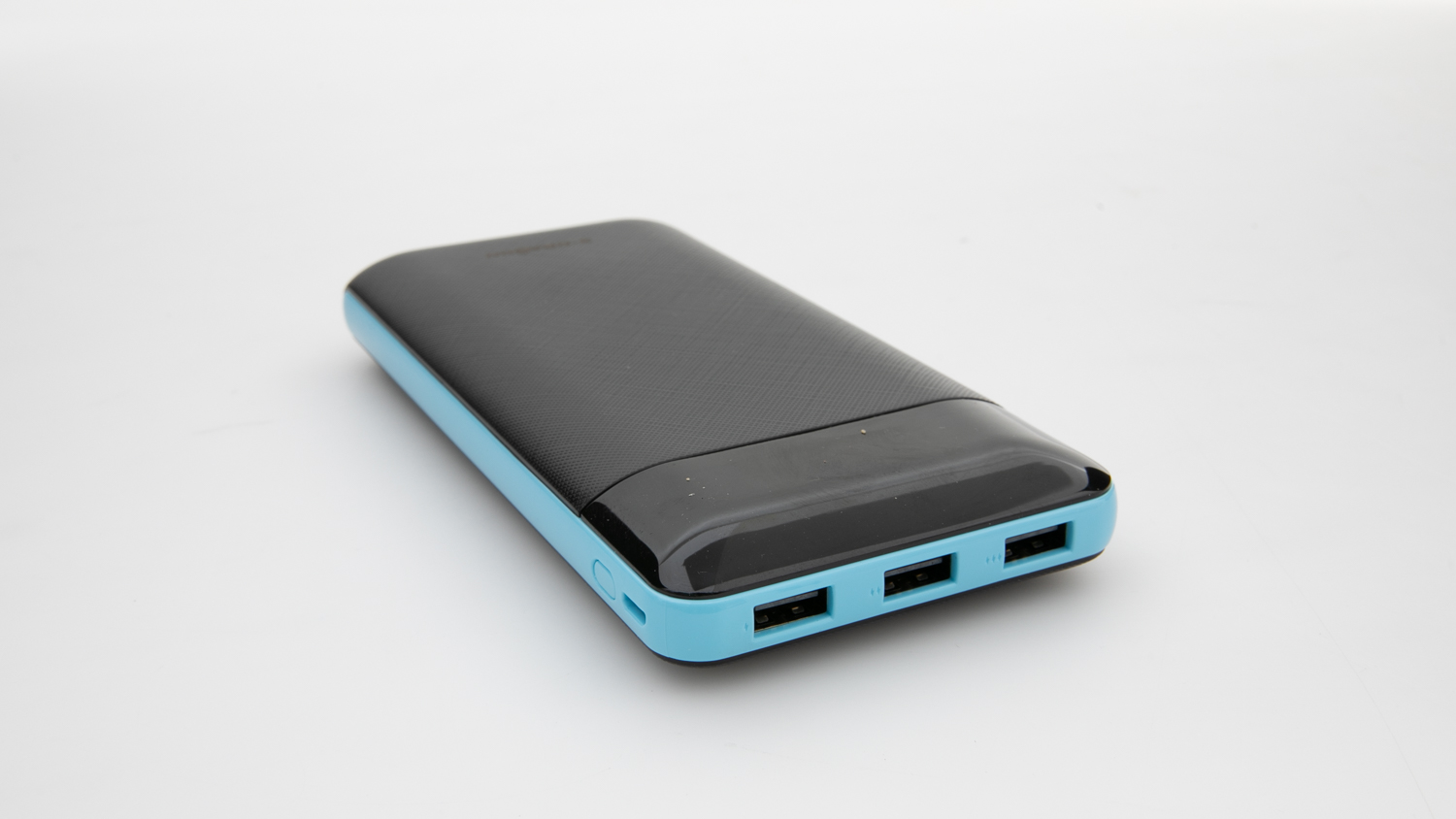
X-Dragon External Charger Portable LCD 500,000mAh
- Claimed capacity: 500,000mAh
- Actual capacity: 6052mAh
This power bank doesn’t just fail to meet its claimed capacity – it spectacularly fails. A capacity of 500,000mAh is huge, and much higher than any of the other power banks on the market.
While that number might be impressive, it’s worlds apart from what it actually delivers: just 6052mAh. That’s just over one percent of its claimed capacity!
If we give the manufacturer the benefit of the doubt and assume that they accidentally added an extra zero on the claimed capacity, it’s still only delivering 12% of what it claims to.
“Low cost power banks with ridiculously high capacities are easy to find on Amazon and eBay, but we’ve yet to see any models that live up to their claims,” says Peter. “They’re usually a total ruse and best avoided.”
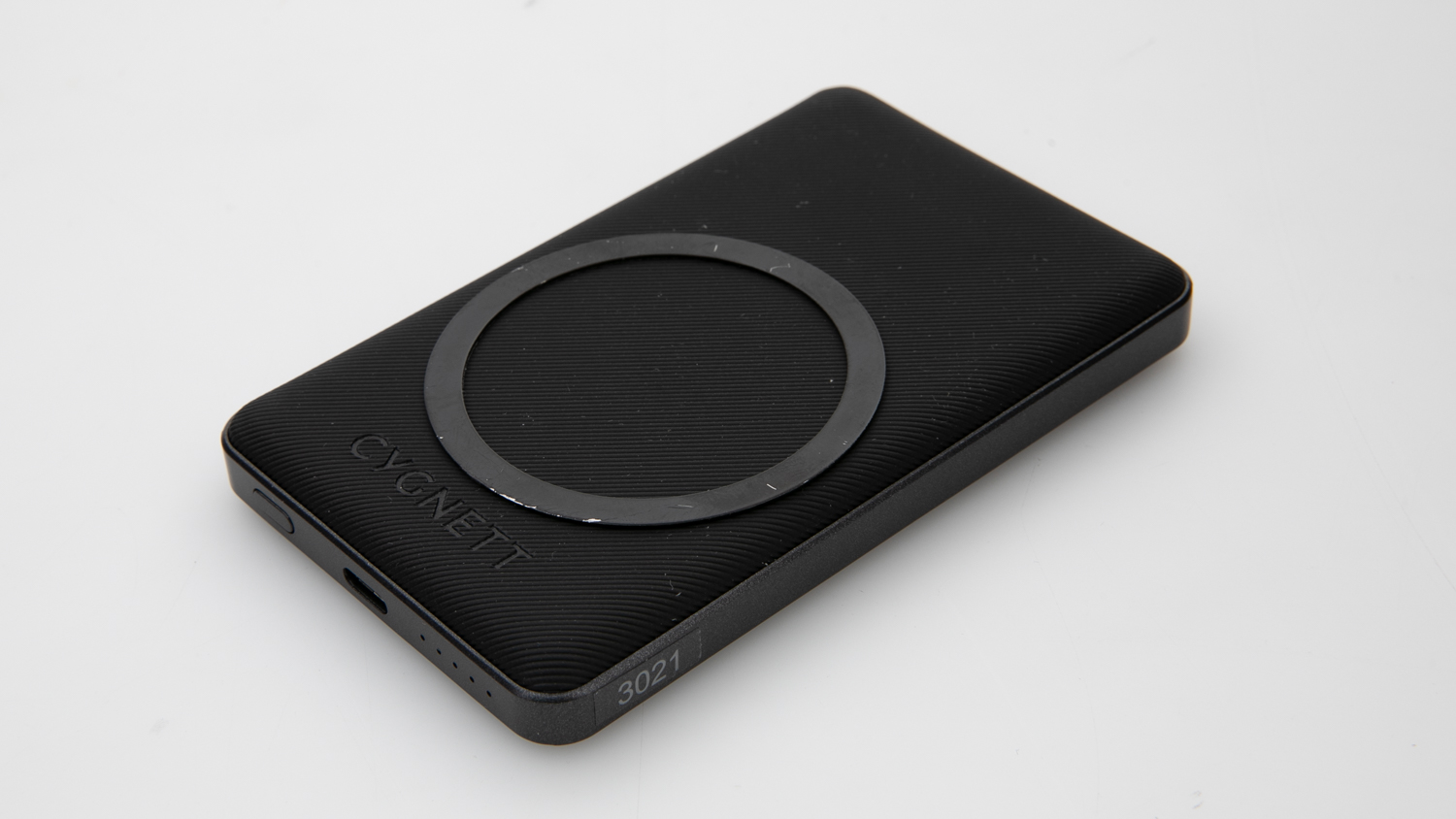
Cygnett Mag5000
- Claimed capacity: 5000mAh
- Actual capacity: 2489mAh
Its claimed capacity may not be as outlandish as the X-Dragon, but this Cygnett power bank still leaves much to be desired.
Its actual capacity of 2489mAh is just shy of 50% of its claimed capacity (49.78% if you’re a stickler for detail).
We think that paying full price but only getting half of what you’ve paid for is a bit of a rip-off. Give this one a very wide berth.
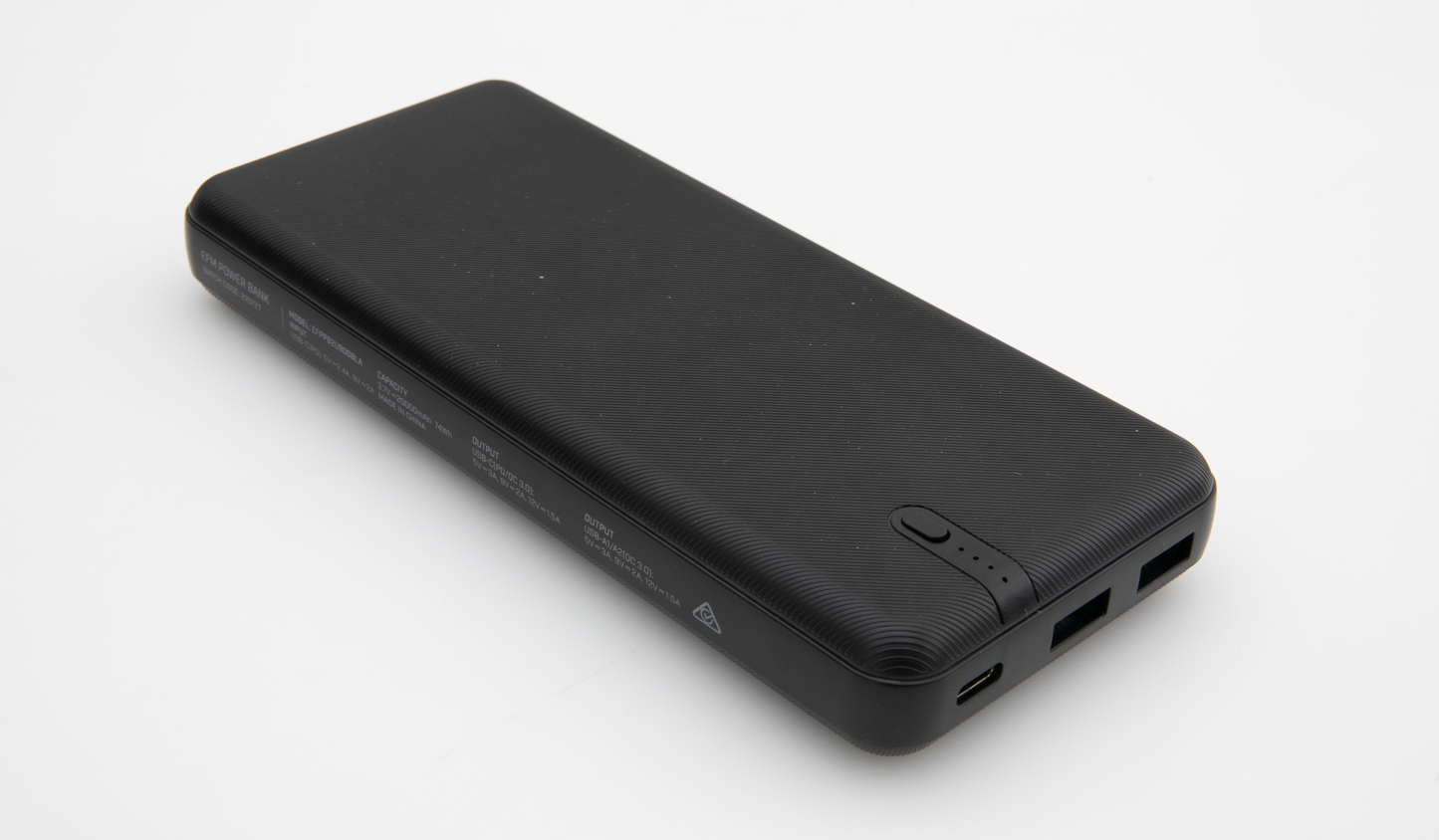
EFM 20,000mAh Portable Power Bank
- Claimed capacity: 20,000mAh
- Actual capacity: 10,932mAh
We’ve finally cracked the 50% mark! This power bank actually delivers 54.66% of its claimed capacity – not that that’s much to write home about.
While this model comes slightly closer to meeting its claimed capacity than the previous two models, that’s a very low bar. Definitely another to avoid.
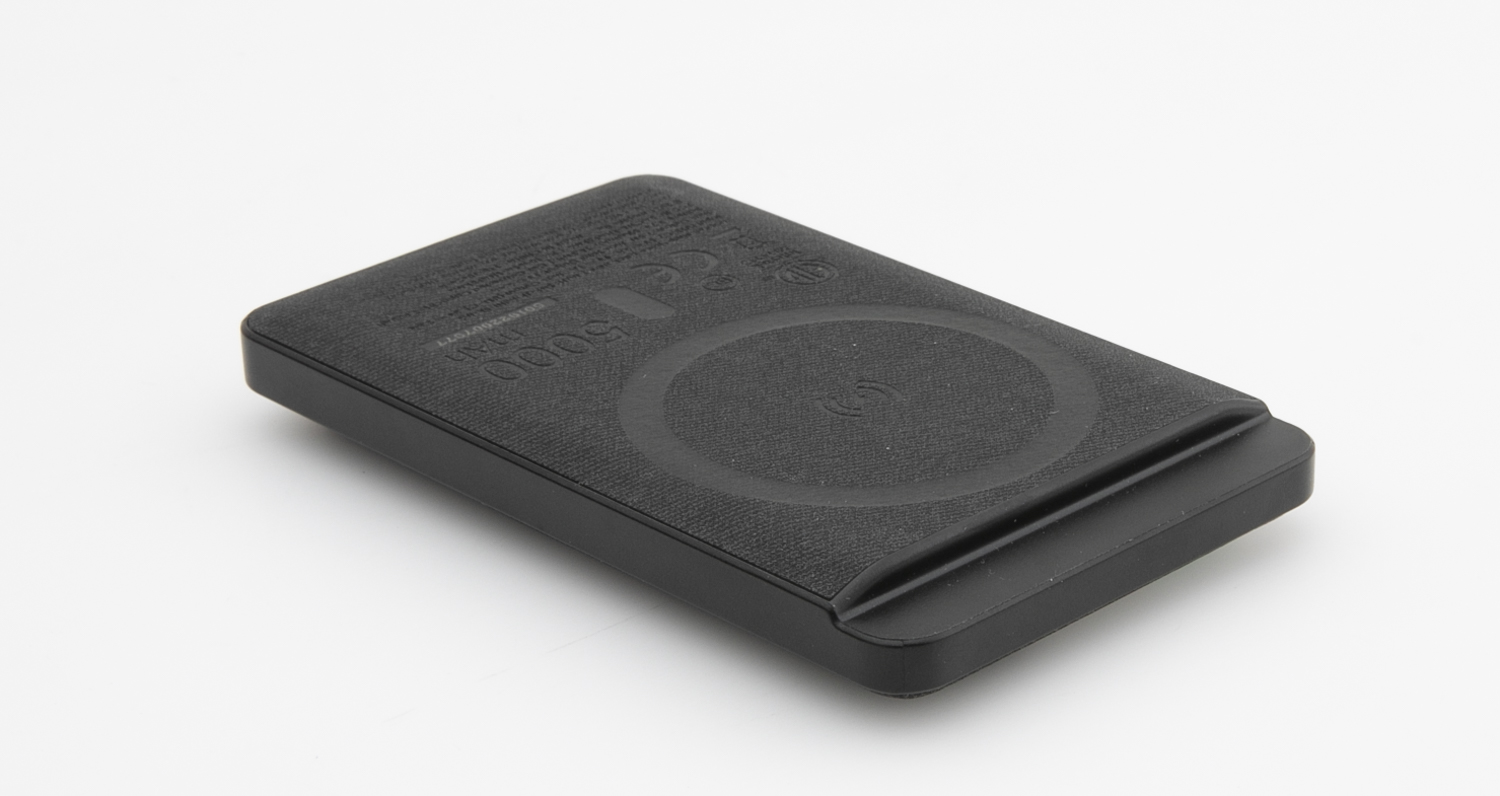
Mophie Snap + Juice Pack Mini Wallet
- Claimed capacity: 5000mAh
- Actual capacity: 2815mAh
Just nudging over the 56% mark, the Mophie is still not a great buy. While it delivers a slightly higher percentage of its claimed capacity than the EFM above, it scores lower overall: it has a CHOICE Expert Rating of just 66%, where the EFM scores 68% overall.
These four models we’ve listed here are the poorest performers from our test, not just for their ability to deliver their claimed capacity, but for a whole host of other reasons such as their ease of use and display. While the X-Dragon was the cheapest product in our test, the other three in this list were outperformed by a number of significantly cheaper models.

